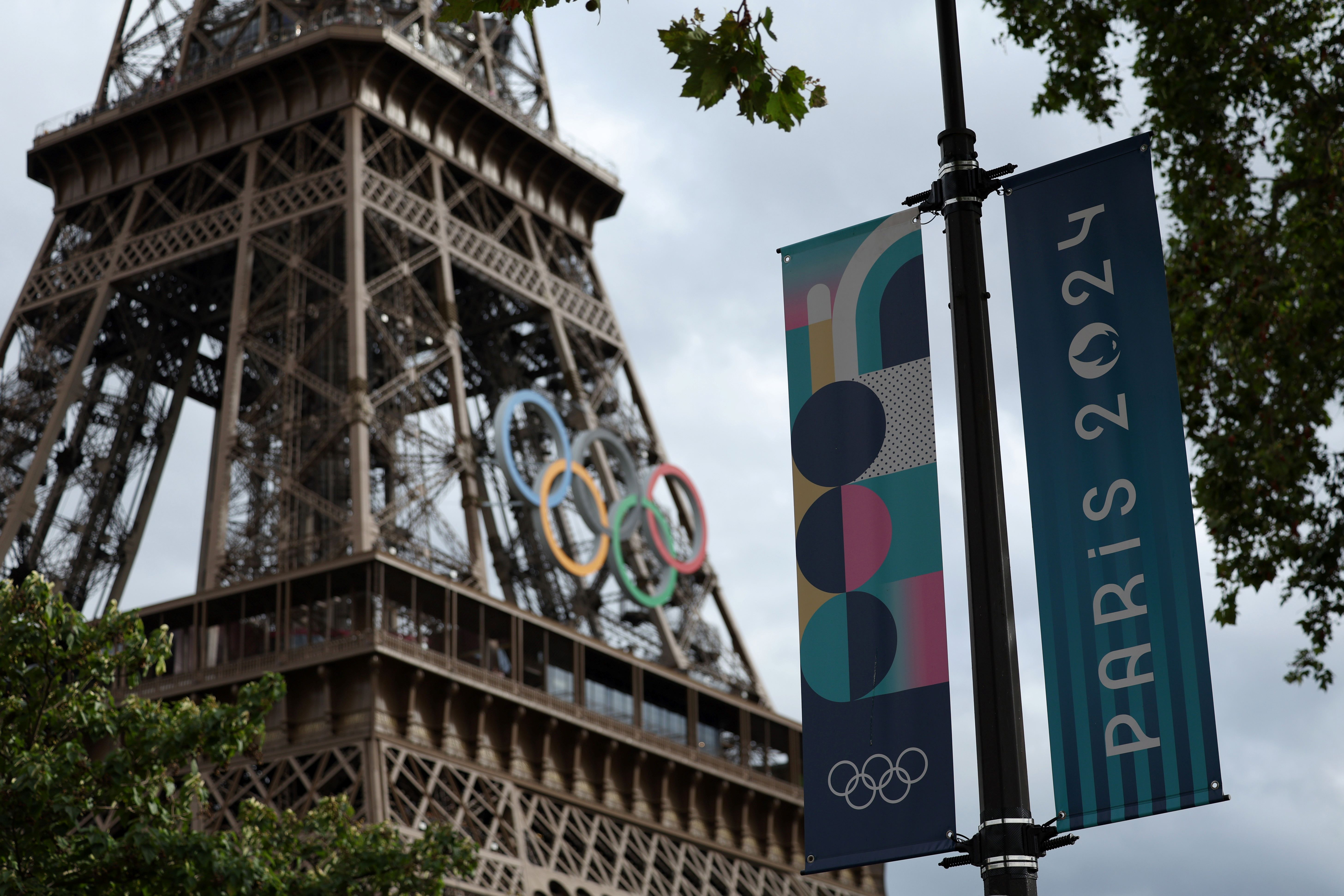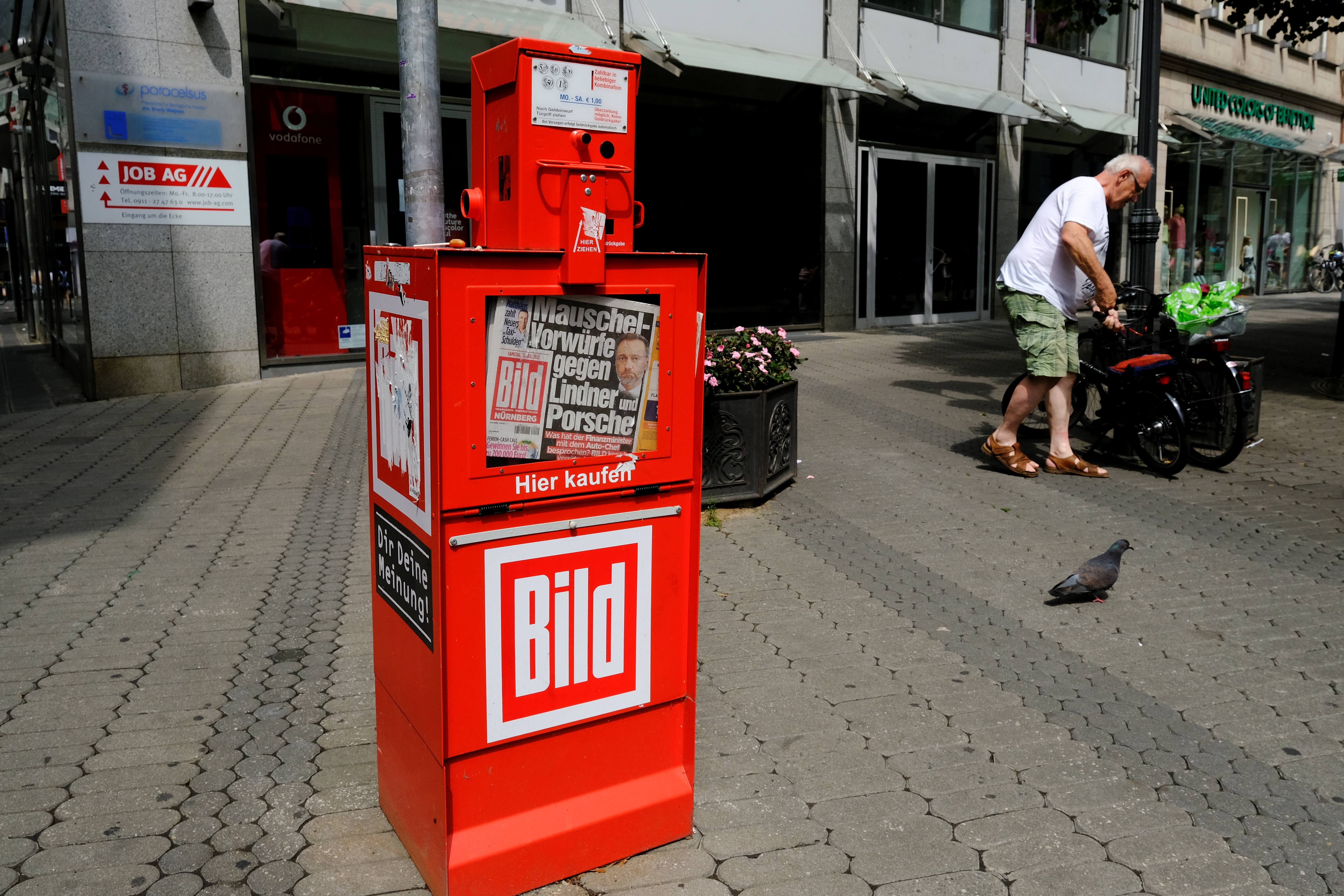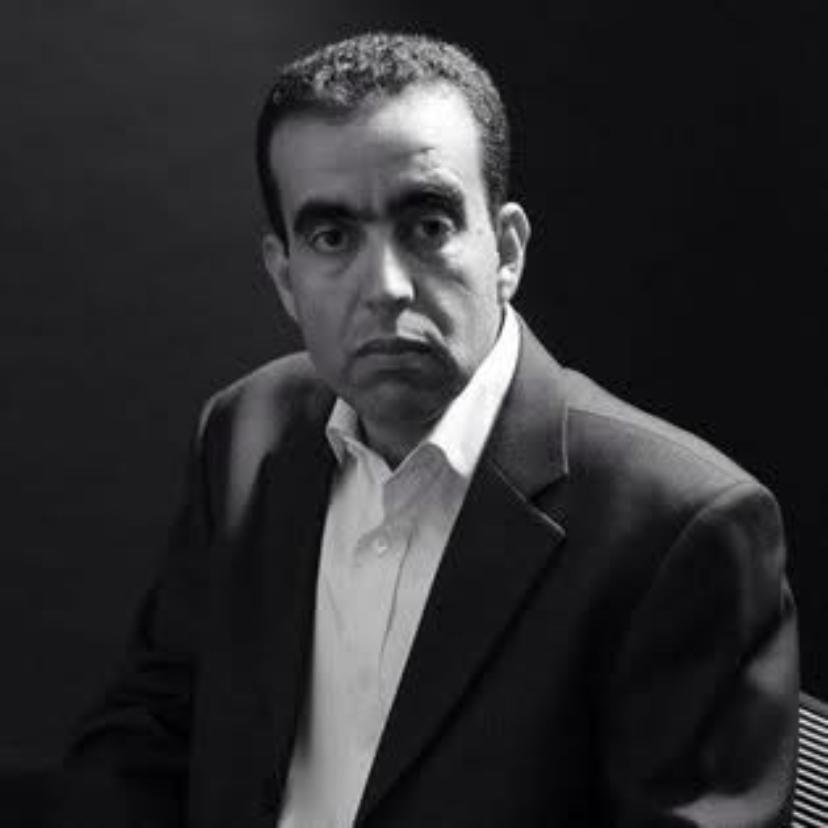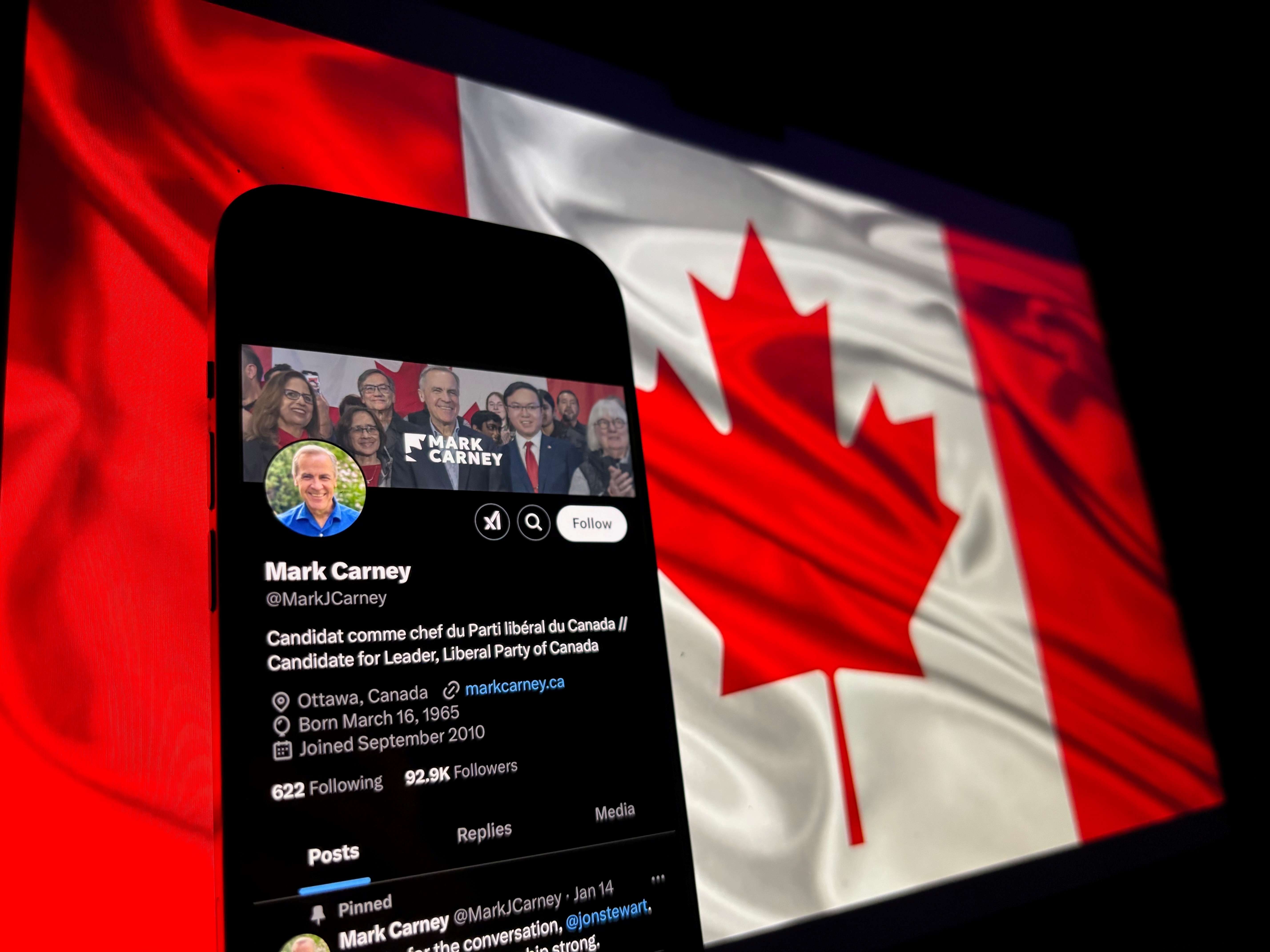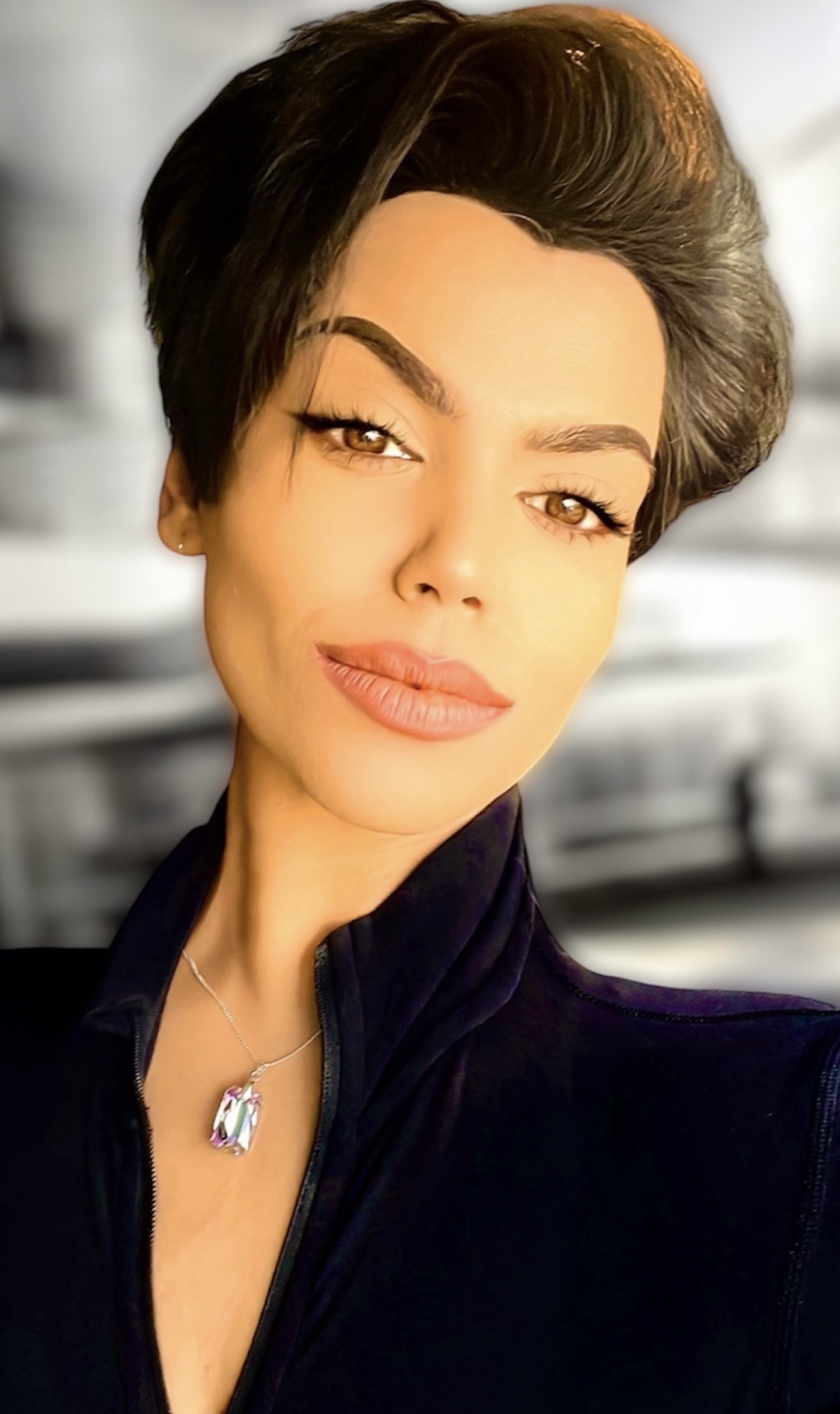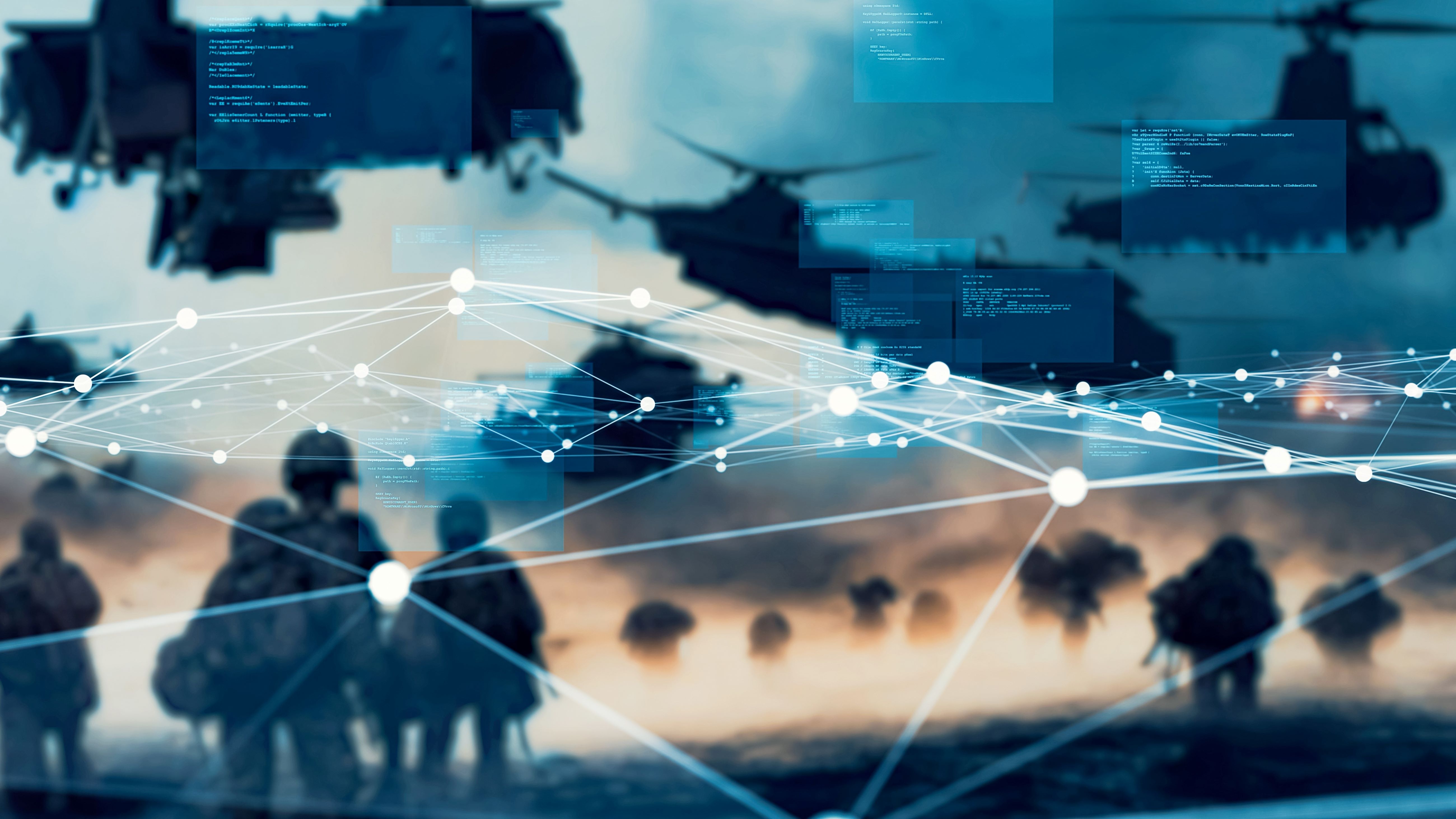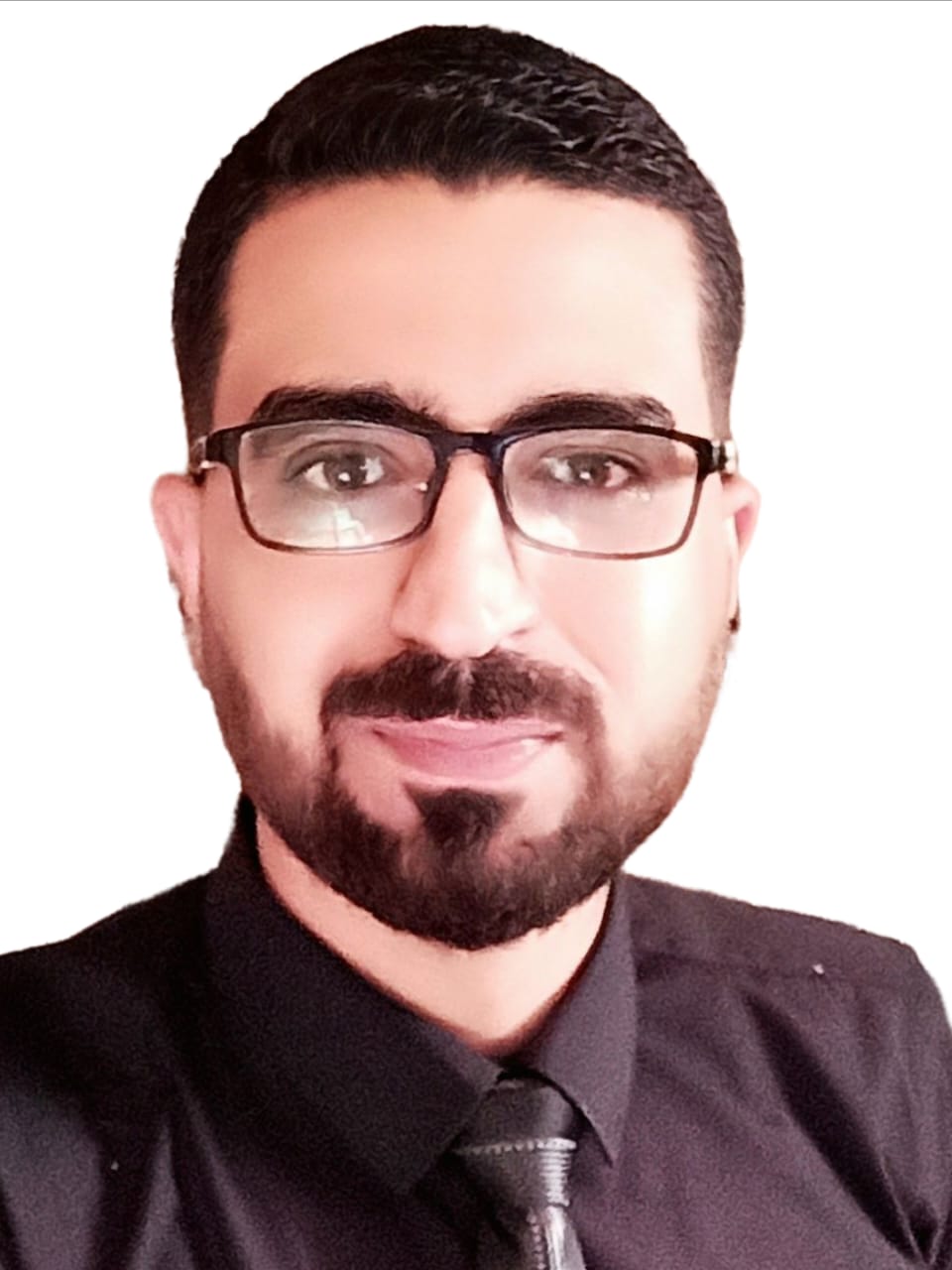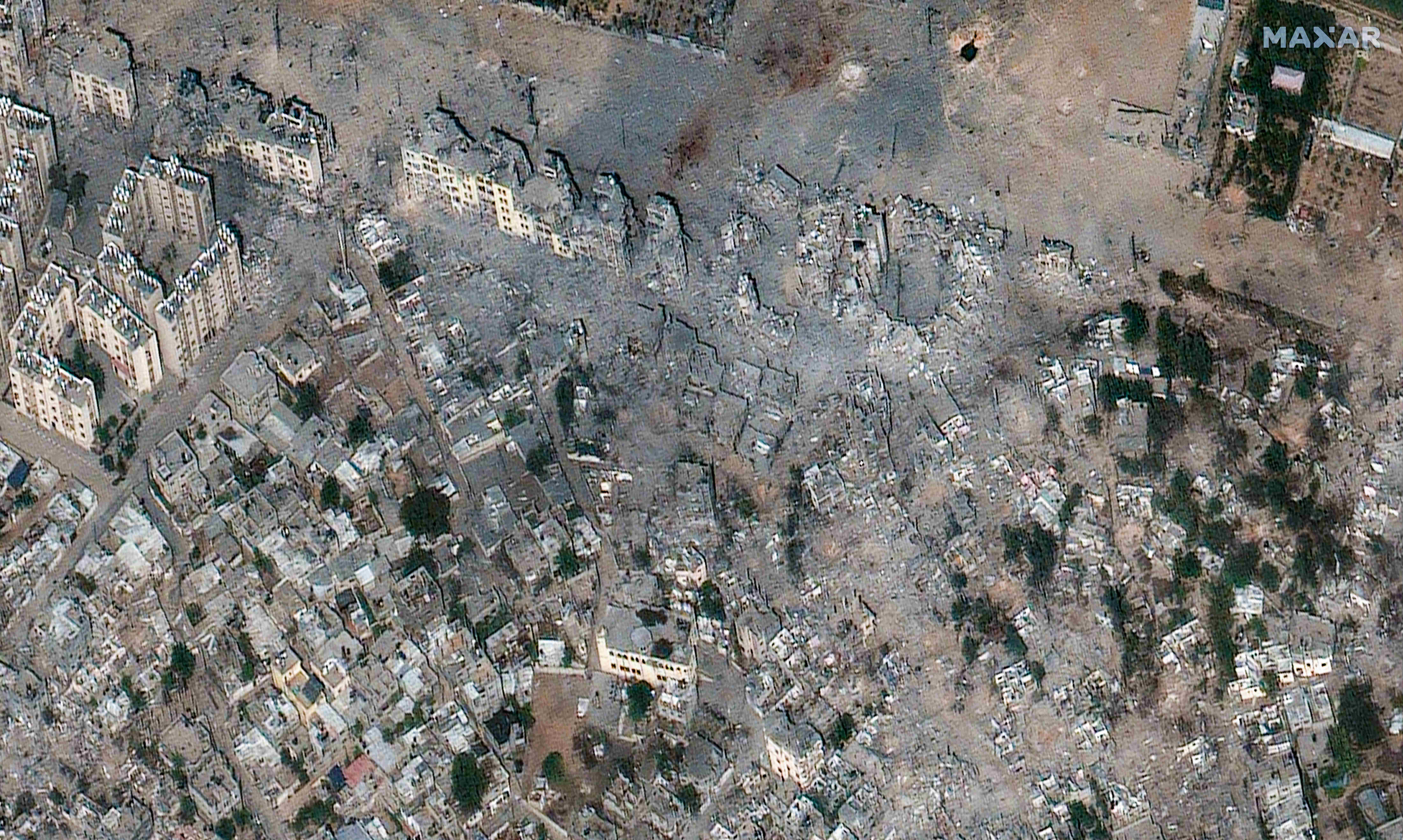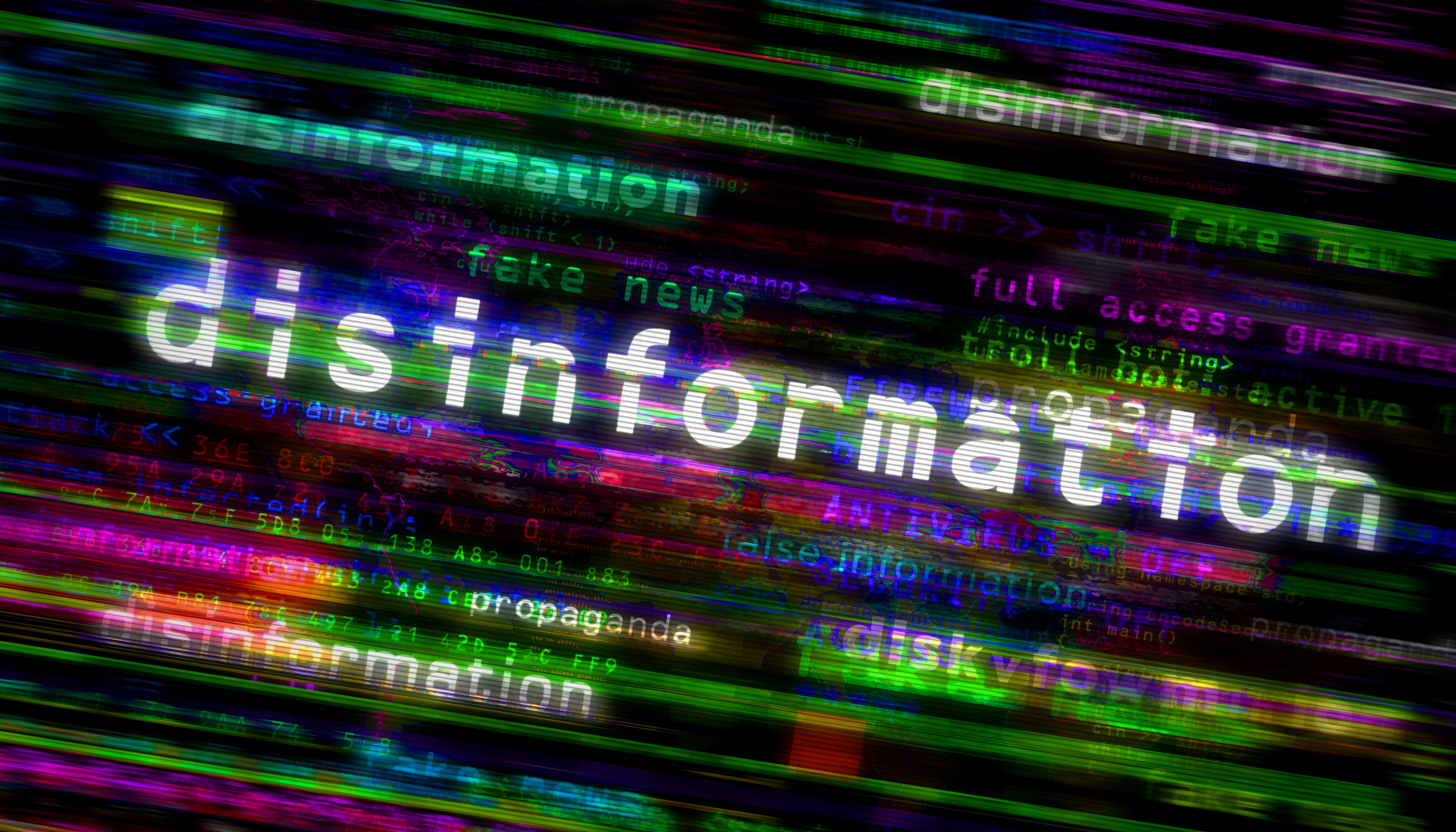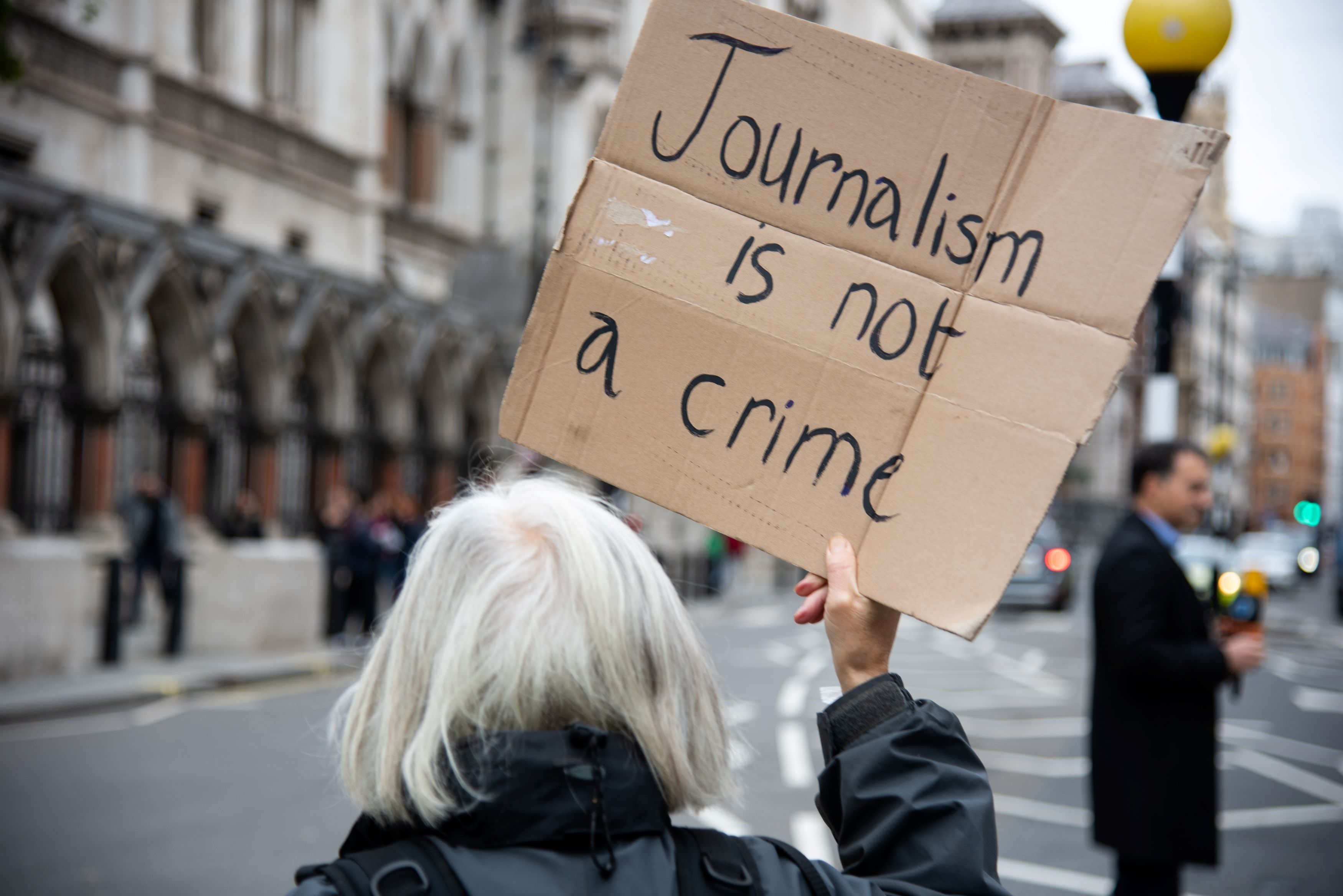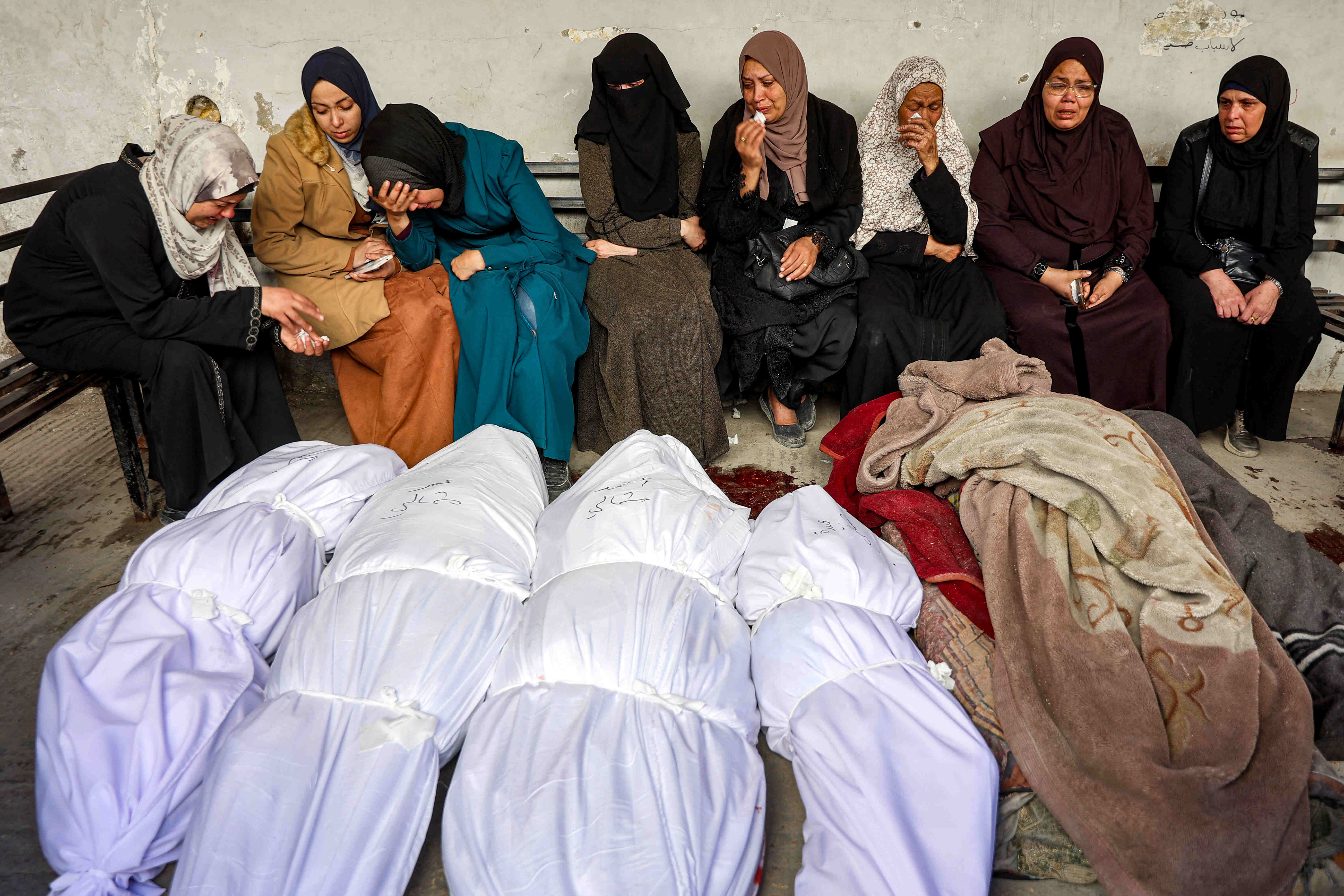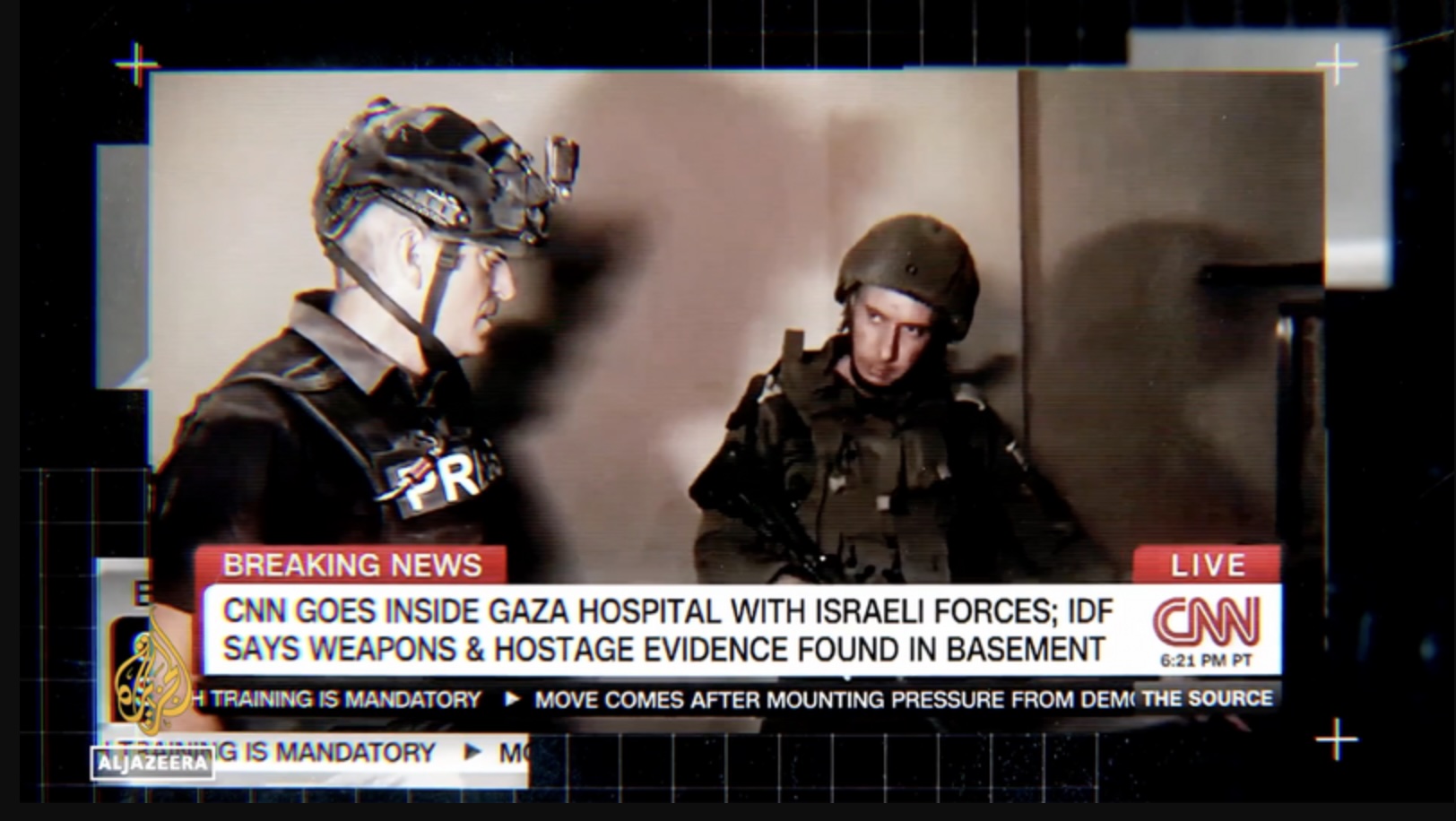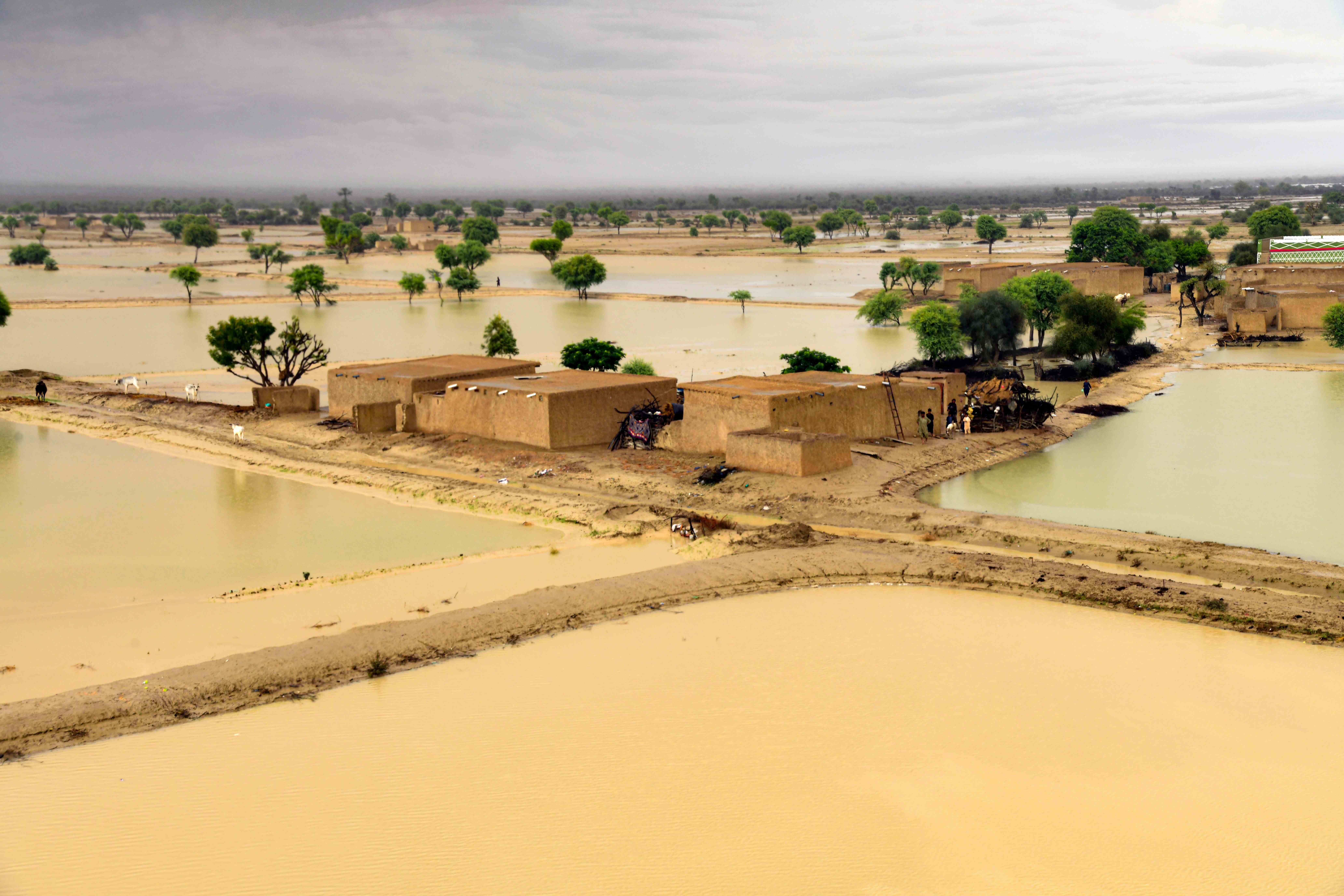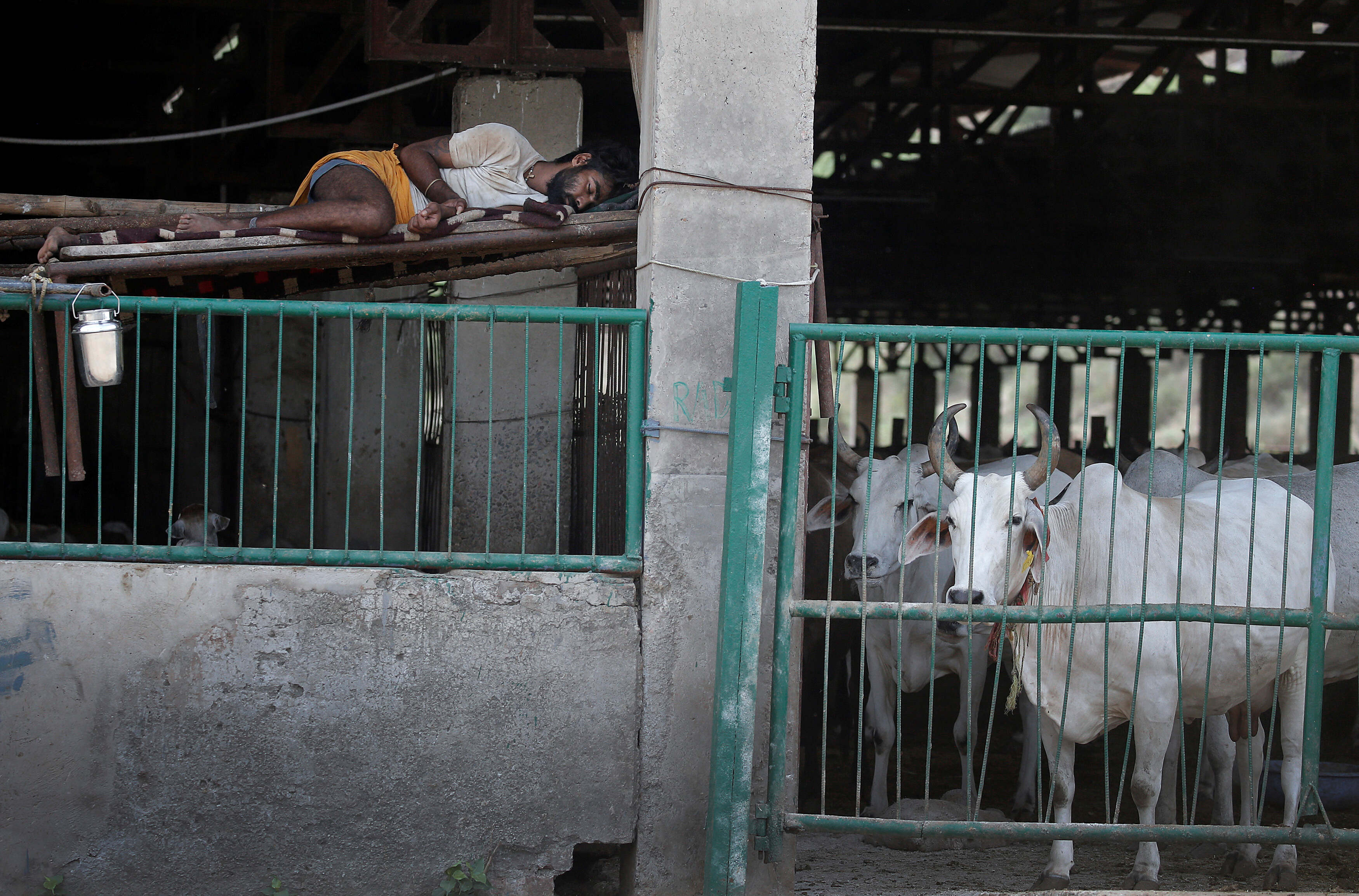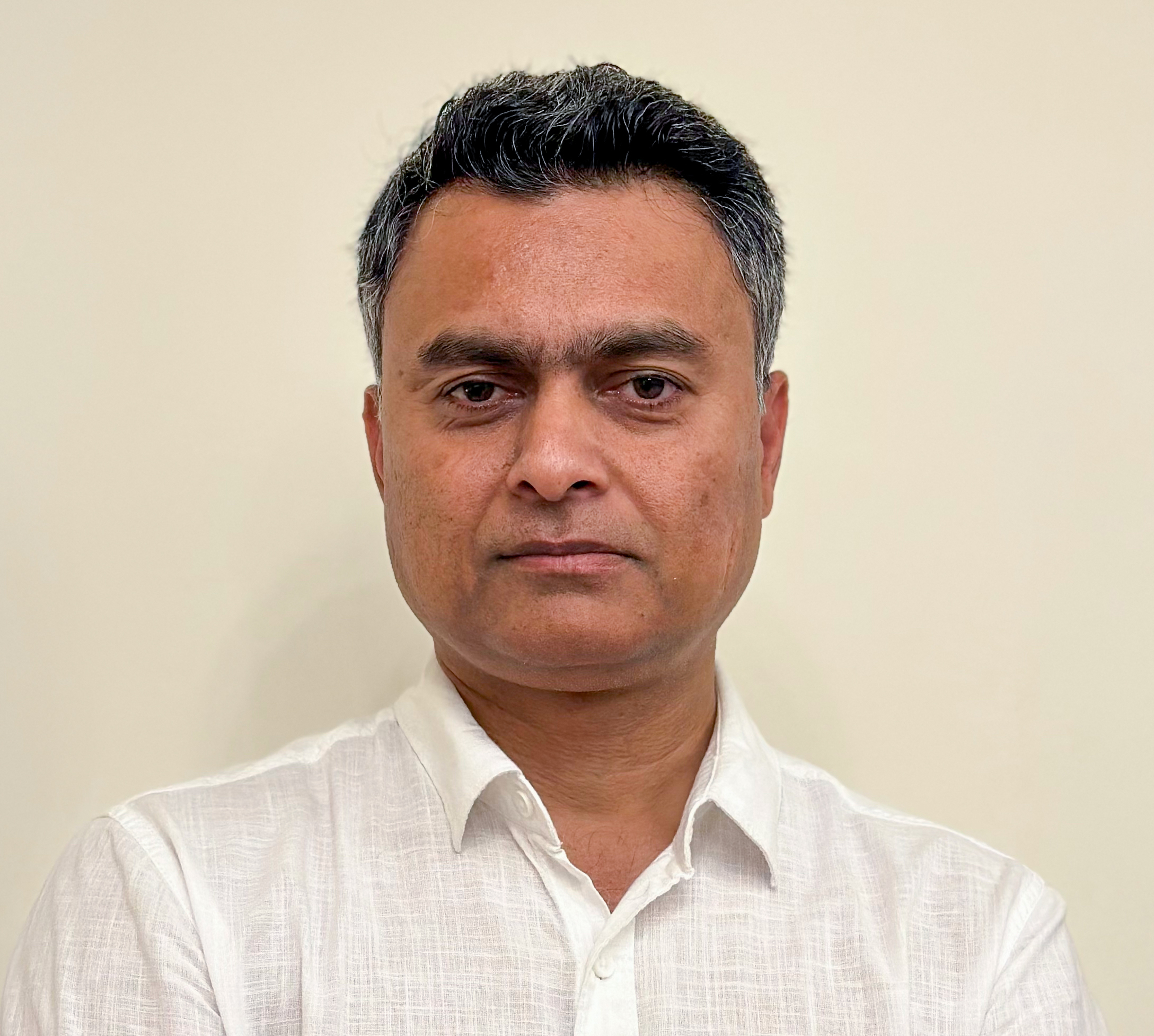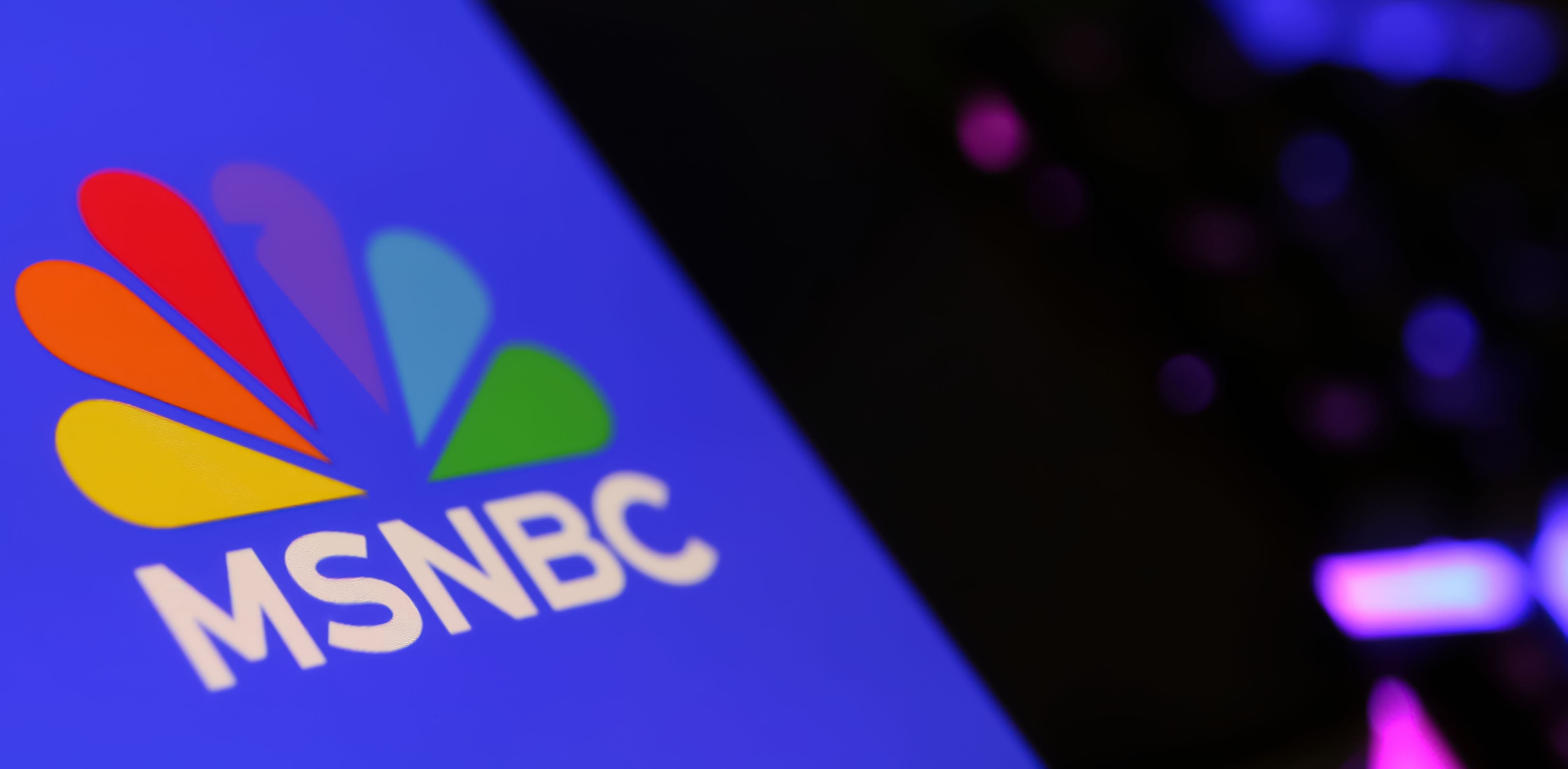تمنح تغطية الألعاب الأولمبية للإعلامي الشغوف فرصة لا تُضاهى كي يستعمل كل الأجناس/ الأنماط الصحفية التي درسها، ولا سيما الأجناس الكبرى منها، من ربورتاج، وحوار، وتحقيق، وبروفايل، وبورتريه، وقصة إخبارية، وغيرها. فالمجال متسع لما هو أكبر من الرياضة، خصوصا في مدينة مثل باريس، بما تحمله من ثقل حضاري وسياسي كبير.
ويجدر بالصحفي، الذي تتاح له فرصة تغطية هاته الدورة الأولمبية، أن يكون سريع البديهة، نشطا، متيقظ الذهن، فلا يكتفي بالحدث الرياضي مهما بدا له مهما؛ إذ إن الأخير لا يجري في كوكب مغلق، بل في محيط له روح وفيه تنوع بشري وإرث للمكان، وهو ما يمثل "البعد الثالث" في التغطيات الصحفية للحدث الرياضي، تلك التي تعطي لمن لا يعشقون الرياضة بالضرورة، حقهم في التغطية، وموضوعاتها كثيرة.
لن يكون الخبر، بأي حال من الأحوال، كافيا، ولا مطلوبا وحده في نقل حفل افتتاح غير مسبوق؛ إذ "سيقام لأول مرة خارج الملعب الرئيس، وسيستعرض وفودا من الرياضيين لمسافة تزيد على 6 كيلومترات على متن 85 قاربا"
فعدا الحدثَ الرياضي الذي يُعَدّ من الأمور المتاحة، بمنافساته، ونتائجها، وكل المعطيات المطلوبة، ويكون، كما العادة، رهن إشارة الجميع، عبر المواقع، ومنصات التواصل الاجتماعي (حيث ينشط الرياضيون ومدربوهم، ومسؤولوهم الإداريون، وأصدقاؤهم، وأسرهم، وغيرهم...)، يتعين على الإعلامي، المنتدَب لتغطية الألعاب الأولمبية، أن يتيح للمتلقي الجوانب الأخرى غير المتاحة، التي تجعل الصورة أمام عينيه كاملة، أو تقريبا.
فباريس، التي كتب عنها الأمريكي إرنست همنغواي رواية بعنوان "الوليمة المتنقلة"، وهي هنا الحاضنة للدورة الأولمبية، تمنح الإعلامي كل أسباب التغطية المتميزة، بمعالمها السياحية، وعمرانها، وتاريخها، وتنوعها الثقافي، فضلا عن أنها مهد الألعاب الأولمبية الحديثة، وصاحبها بيير ذي كوبيرتان، مع ما يعنيه ذلك من تداخل بين ما هو رياضي وما هو تاريخي وما هو ثقافي وسياسي (تعيش فرنسا على وقع انتخابات تشريعية غيرت الخريطة السياسية، وموضوعها حي، ويستحق المتابعة، عبر قصص إخبارية تشرح للملتقي الوضع الحالي، وأفقه الممكن)، وغيره، في تشكيل الحدث العالمي البارز.
لن يكون الخبر، بأي حال من الأحوال، كافيا، ولا مطلوبا وحده في نقل حفل افتتاح غير مسبوق؛ إذ "سيقام لأول مرة خارج الملعب الرئيس، وسيستعرض وفودا من الرياضيين لمسافة تزيد على 6 كيلومترات على متن 85 قاربا"، وسيجري على صفحة نهر السين، الذي يخترق العاصمة الفرنسية باريس، و"سيستمر لمدة 3 ساعات و45 دقيقة". كذلك فإنه سيحظى بتغطية إعلامية هي الأكبر على الإطلاق، بوجود عدد هائل من الكاميرات بثلاثة أضعاف كاميرات نقل حفل افتتاح دورة طوكيو.
(سيكون من المثير إنجاز ربورتاج أو تحقيق عن الهامش، بما يحمله في المخيال العالمي من صور للبؤس، والفقر، والعنف، مع طرح سؤال: هل يتابع هؤلاء الألعاب الأولمبية فعلا؟)
من هنا، سيتعين على الإعلامي المنتدب لتغطية الألعاب الأولمبية أن يكون حاضرا بقوة في هذا الحفل التاريخي، مستعملا القصة الخبرية التي تمزج في السرد بين الذاتي والموضوعي في نقل الوقائع. علاوة على ذلك، يمكن أن يوظف الربورتاج، الذي يجمع بين الوصف والتصريحات، لكي يحظى المتلقي بصورة شاملة، تتضمن وصفا للمكان، والوقائع، ومشاعر الجمهور، فتكتمل لديه بذلك الصورة التي يتلقاها من شاشات التلفزيون، ولا تمنحه الجزئيات المتناثرة هنا وهناك، ويعرف الصحفي اليقظ كيف يجمعها، ويشكل منها مادته الإعلامية، التي يتفرد بها عن غيره.
وفي اليوم الموالي، حيث ستنطلق المنافسات الرياضية بتواتر وتسارع (عادة ما يجري سباق قبل يوم الافتتاح)، يمكن الاستناد إلى البروفايل أو البورتريه، لتقديم الرياضيين، أو غيرهم من المرافقين، أو شخصيات أخرى قد تكون في الظل، ويجدر إخراجها منه، على اعتبار أن لها ولعملها، الذي لا يعرفه الناس، إسهاما كبيرا في الحدث. ومن شأن ذلك أن يلقي الضوء على مساحة جديدة في وعي الملتقي، وربما استُعمل هذان الجنسان الصحفيان للكشف عن جانب آخر من شخصيات معروفة لدى العموم بصورة واحدة فقط، ومن شأن المعطيات الجديدة أن تسهم في تقريبها أكثر، وتوضيح عملها بشكل أحسن.
كذلك فإن الحوار، بأنواعه، سيكون مطلوبا في إيصال المعلومة للمتلقي، ولا سيما تلك الحوارات التي تجذب المحاوَر قبل غيره، لكي يقدم المعلومات، ويكشف عن الجديد، على نحو تكون معه النتيجة مثيرة لشهية المتلقين فيطلبون المزيد. وسيجد الإعلامي نفسه أمام صعوبة الاختيار؛ إذ سيكتشف أطيافا واسعة من الوجوه التي شكلت الحدث، وتلك التي تستعد لتشكيله، من رياضيين ومسؤولين وغيرهم من أهل الفن والثقافة والسياسة، وكلها وجوه تستحق أن تحاور، وأن تقول كلمتها.
الصحفي الشغوف بالرياضة، سيجد أنه يغطي دورة باريس الأولمبية بحضور 32 رياضة تتضمن 329 حدثا موزعة على 18 يوما من المنافسات، وحيث من المتوقع أن يشارك حوالي 10500 رياضي من 206 دولة في منافسة قوية جدا مع المؤثرين، ومنصات التواصل الاجتماعي.
في باريس، أيضا، وهي مدينة مترامية الأطراف، أشياء كثيرة تستحق الوصف، عدا الحدث الرياضي؛ فهناك متحف اللوفر، وكنيسة نوتردام، وقصر فيرساي، ونهر السين، وبرج إيفيل، والحي اللاتيني، والحدائق المتناثرة في كل مكان، والهامش الذي يقطنه المهاجرون (سيكون من المثير إنجاز ربورتاج أو تحقيق عن الهامش، بما يحمله في المخيال العالمي من صور للبؤس، والفقر، والعنف، مع طرح سؤال: هل يتابع هؤلاء الألعاب الأولمبية فعلا؟)، وغيرها كثير من الأماكن الشهيرة، التي وثقها روائيون وشعراء ومخرجون سينمائيون في أعمالهم الخالدة، وتستحق أن توصَف وتُدوَّن وتكون موضوع عمل صحفي مهني جذاب.
الصحفي الشغوف بالرياضة، سيجد أنه يغطي دورة باريس الأولمبية بحضور 32 رياضة تتضمن 329 حدثا موزعة على 18 يوما من المنافسات، وحيث من المتوقع أن يشارك حوالي 10500 رياضي من 206 دولة في منافسة قوية جدا مع المؤثرين، ومنصات التواصل الاجتماعي. غير أن هؤلاء يقدمون المادة الأولية كما هي، أما أنت بصفتك صحفيا فقد درستَ وتعلمتَ كيف تقدم المادة، ومن ثَمّ عليك أن تهتم بلغتك، وتختار زوايا المعالجة الجذابة، وتنوِّع الصور؛ لكي تخطف الانتباه، وتلقى المتابعة التي تشعل حماسك أكثر فأكثر.
أخيرا، ينبغي الانتباه إلى أن الألعاب الأولمبية تشبه سباق 100 متر؛ فبقدر ما هي مثيرة للغاية، فهي تمر بسرعة البرق. وبالنتيجة، فالمطلوب من الصحفي الجيد، الذي يعرف كيف يستنفر حواسه وأدواته، لكي يربح فرصته، ألا يتثاءب، متكئا على الفكرة الخاطئة التي تقول بانتظار أن تأتي الفرصة. هي لن تأتي، ما لم تتحرك بحثا عنها، وربما ما لم تصنعها بيديك.
